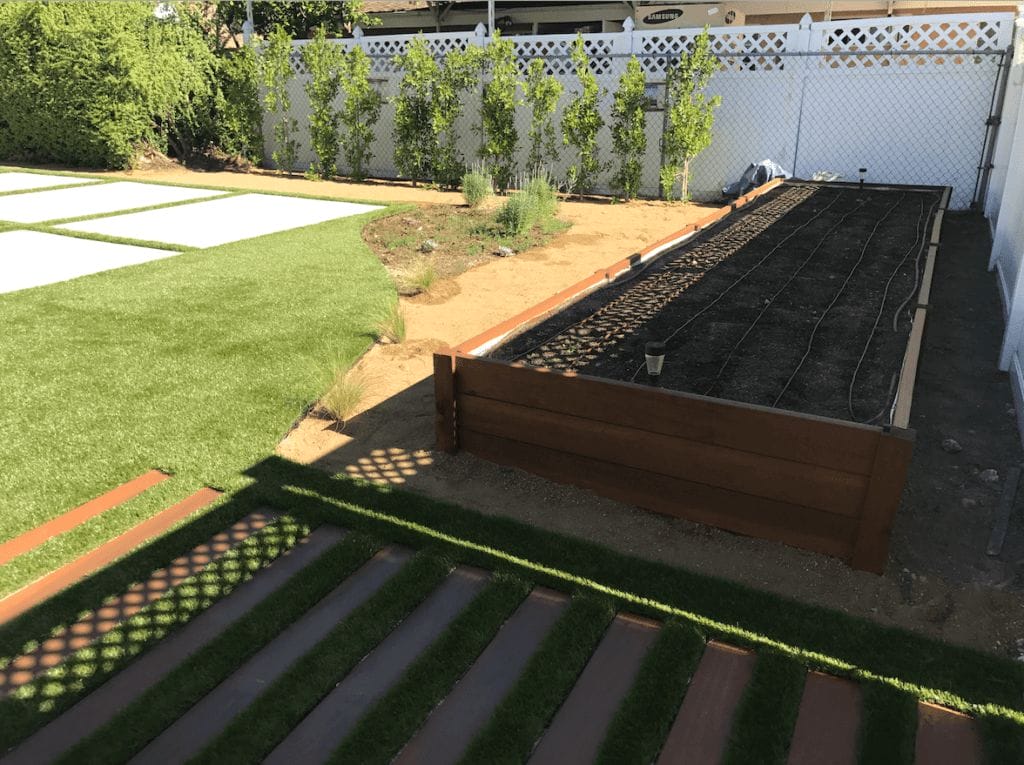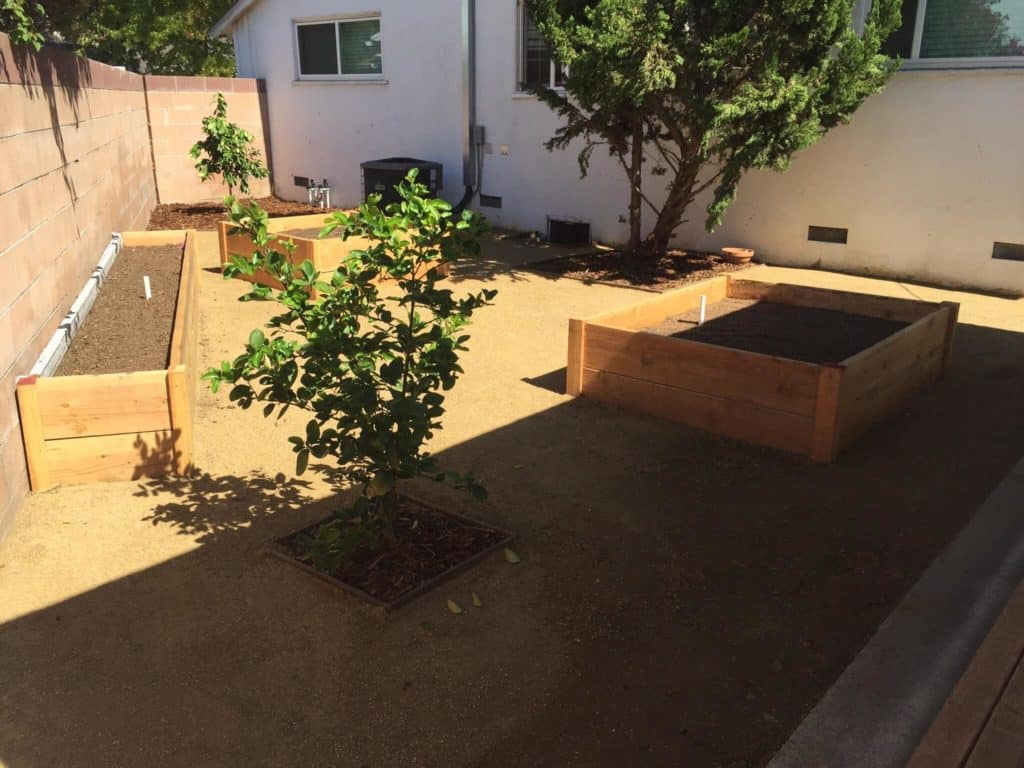There is nothing like spending time in your garden. Time and time again, a vegetable garden has proven to be a calm and relaxing hobby for many.
Here in Southern California most people live a busy life and time is precious. Gardening is sometimes considered more a chore than anything else. If this present time has taught us anything, it’s that there is nothing like having a space to get away to and pass the time in without leaving our home. Growing and consuming your own vegetables is also an added bonus.
Vegetable gardens are not that difficult to tend to. They take a little trial and error to get just right, but if planned correctly become a great retreat and fruitful hobby.
Find your location
First and foremost, it starts with planning and your planning begins with location location location; vegetables need lots of sunlight. Try and choose an area for your garden that will have a minimum of 6-8 hours of natural sun. Vegetables can grow with less sun, but plants will not be as healthy and it will create more work.
Choose your garden style
Secondly, decide if your garden will be in a raised planter or in the ground. You don’t necessarily have to have a raised planter just because everyone else is doing it. Both variations have their pros and cons. At the end of the day, it should be what you are most comfortable with or that is more aesthetically pleasing to you. The trick is making sure that you use the appropriate materials for edges, walls, and soils.

Vegetable Box with Drip Irrigation 
Raised Vegetable Boxes 
Custom Raised Planters
Select your irrigation system
Next you need to consider your irrigation. Without water, any plant will eventually dry and die. Make sure you irrigate your garden regularly. If you are normally busy and might forget to hand water your garden then an automatic system is for you. You could also install a system and just turn it on manually. When it comes to vegetable gardens, irrigation drip and misters are the best way to go. Drip emitters will water the root system directly. Occasional misters will also put essential water on the leaves of the plants. For your automatic timer there are now many options ranging from electrical, battery, and solar controls. Choose the one that best fits your current set-up.
Plant your vegetables
Now that your location and watering needs are established, you need to plant the right vegetable. Each vegetable has a different planting window. Plant them in their specific window if you want as little work as possible. Always follow the suggested sowing and planting dates of Southern California, do not plant based on general gardening books or even seed packets. There are plenty of sources that can guide you on which vegetable grows best during the year. I like Vince Lazaneo’s Vegetable Garden Planting Guide for San Diego County and Kellogg Garden Products’ Monthly Organic Gardening Guide by Garden Zone.
Weed management
Lastly, learn how to deal with weeds. It is important that your garden does not have weeds growing and taking up nutrients. Here are some steps you can take. Do not dig into the soil too much; the more you turn around the soil, the greater the probability of weeds sprouting. Pluck weeds when they are still small and have not grown seeds. Finally, if the weed is already big and has seeds about to drop, cut the weed at the base and remove the debris away from your garden.
If you would like to schedule a consultation to build a custom vegetable garden feel free to contact us.








